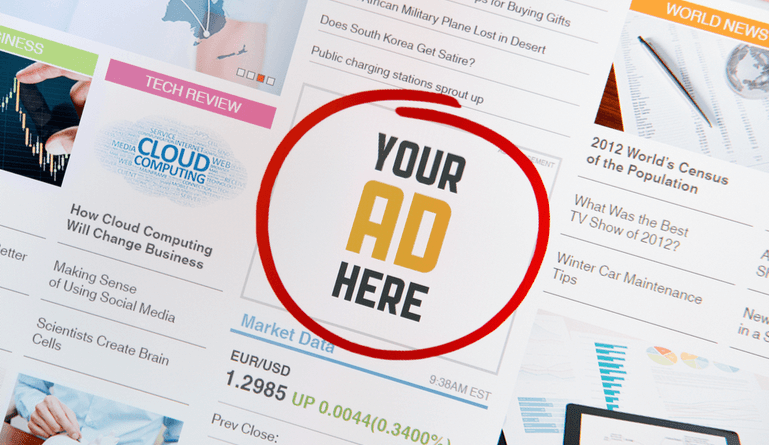Digital advertising is a crucial element in most business’s marketing strategy. The online research that customers do is essential in their purchasing decisions, and brands need to be a part of this initial online research. In addition to SEO, direct mail, print pieces, and email campaigns, digital advertising makes up a large chunk of the efforts and budgets of marketing teams.
Digital ads are so important to businesses that many have abandoned traditional media altogether to have the budget to appear in more internet searches for relevant market segments. WordStream supports the heavy emphasis on digital presence by noting that appearing in mobile search ad results can increase brand awareness by 46%. Many ad buyers and marketing teams look to programmatic ad buying to help guide their ad purchasing to ensure that they are getting the best visibility.
According to Digiday, “Programmatic ad buying typically refers to the use of software to purchase digital advertising…Real-time bidding is a type of programmatic ad buying, but it isn’t the only one. RTB refers to the purchase of ads through real-time auctions, but programmatic software also allows advertisers to buy guaranteed ad impressions in advance from specific publisher sites. This method of buying is often referred to as ‘programmatic direct.’” It also allows for brands to segment their messaging so that the websites and publishers they appear with are likely being seen by people with the same characteristics and demographic qualities as the advertiser had identified in their target market.
This is important to brands because it increases accuracy, efficiency, and reliability, which can all lead to getting in-market messaging in front of more relevant customers.
The difference between the first price and second-price auction
Clearcode explains it like this: “In real-time bidding (RTB), the second-price auction gives the winner a chance to pay a little less than their original submitted offer. Instead of having to pay the full price, the winning bidder pays the price offered by the second-highest bidder plus $0.01. The final price of the impression is known as the clearing price.”
It would look like this:
If Advertiser A bids $10 dollars per thousand impressions (CPM) and Advertiser B bids $7 dollars, a second-price auction means that Advertiser A wins the ad space, but only pays what Advertiser B bid and was willing to pay.
Previously, this meant that advertisers could confidently bid high in order to secure ad space and know they’d likely end up paying less. It also meant that publishers were able to see what people were willing to pay – what’s called the “private value” of a bid. This meant that businesses could more accurately assess what companies were willing to pay overall and set a “floor” price – the price that advertisers had to bid above to have a chance to win the auction and the ad space. In a second-price auction, this is unknown to buyers of ad space.
Because of this, in 2019, a shift in the programmatic advertising market meant that publishers began moving towards a first-price model. Clearcode notes, “A lack of transparency is commonly cited as one of the main woes of programmatic RTB. Because of certain inconsistencies in the ways various exchanges manage auctions, there is a popular trend towards first-price auctions as an alternative, in a bid to create an even playing field for everyone… The first-price auction allows both buyers and sellers to see the actual cost of the impression and the fees taken by the SSP/ad exchange will at least be known. The winning price is exactly what the advertiser agreed on, but there is a risk of overpaying for impressions.”
First price model auctions mean that advertisers who have been participating in the second-price auction have to rethink their advertising strategy and overall budgets. It increases general transparency, which is important in maintaining a truly competitive landscape between businesses, but it also means that advertisers may be paying more than they have in the past.
Programmatic advertising continues to offer marketers a fast and easy way to get in front of relevant audiences and appear in searches. There is, however, a number of elements that are still unknown and murky for buyers in the world of real-time bidding in programmatic advertising. There are excellent benefits – including speed, access to audiences, and the ability to optimize in real-time – but there are also some points of contention that advertisers struggle with but continue to endure so that they can remain competitive. Some parts of the programmatic ad model are changing, to the benefit of both the buyer and seller of ad space, but the future of how digital ads are bought and programmatic advertising functions are not set in stone and will likely continue to be influenced by available technology and market demands.





